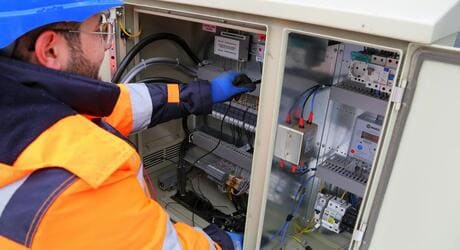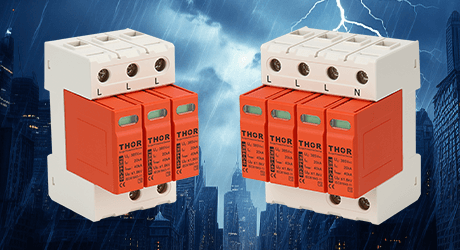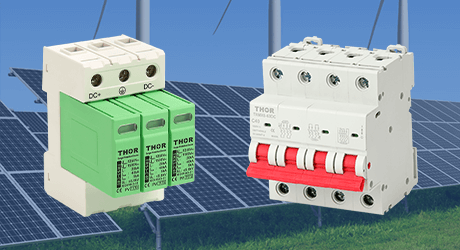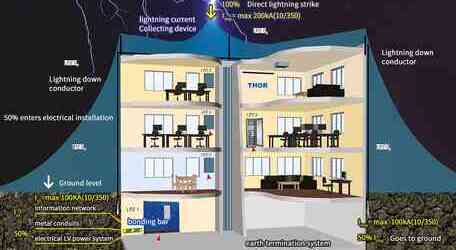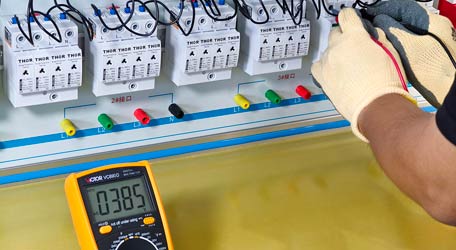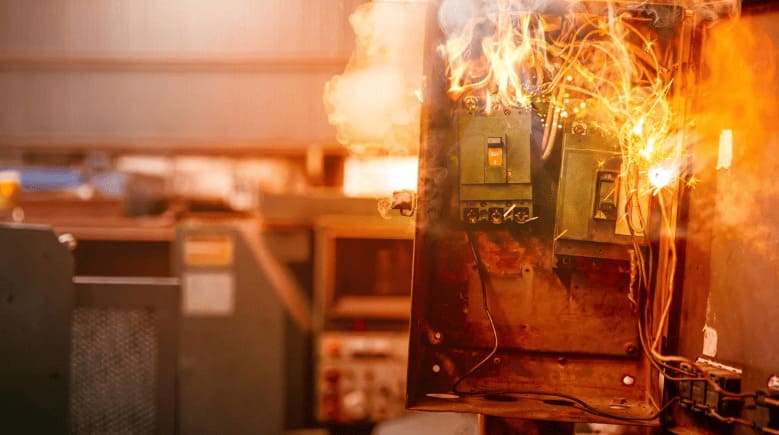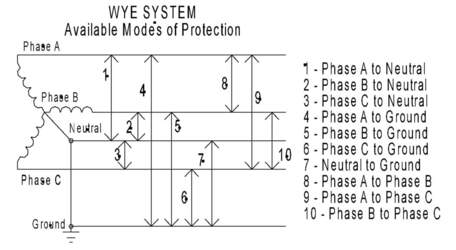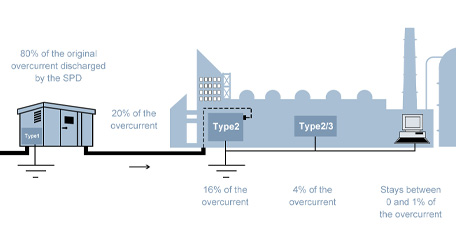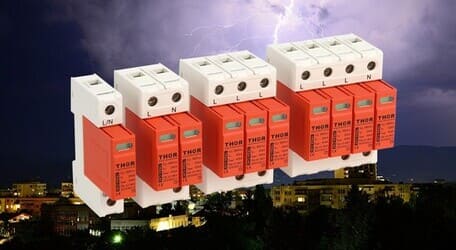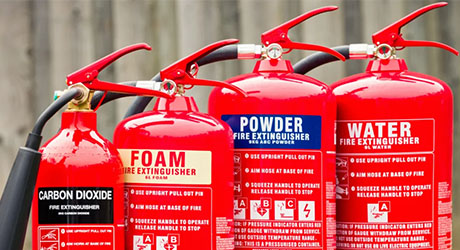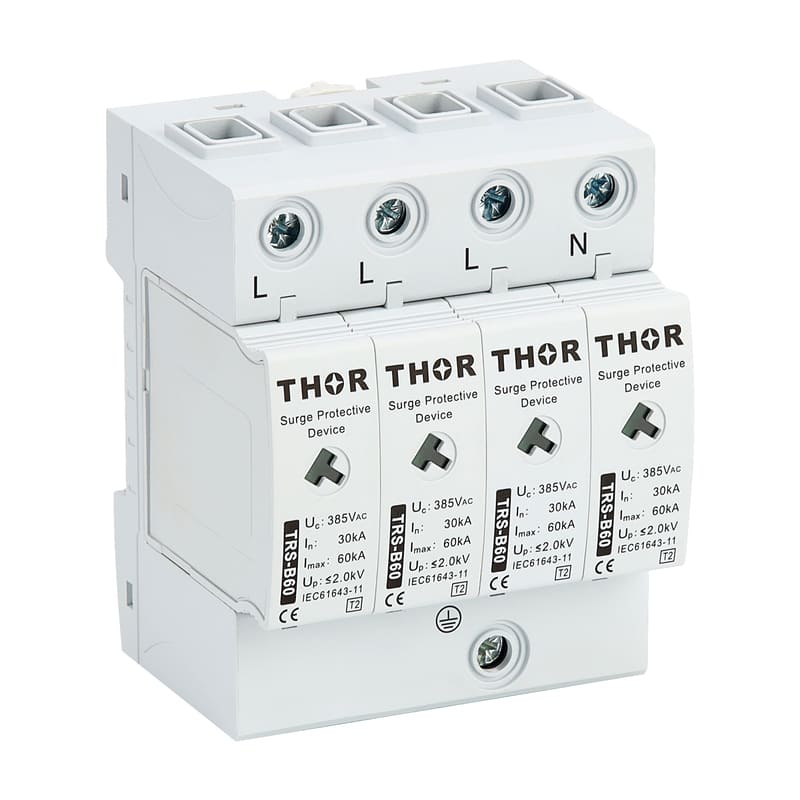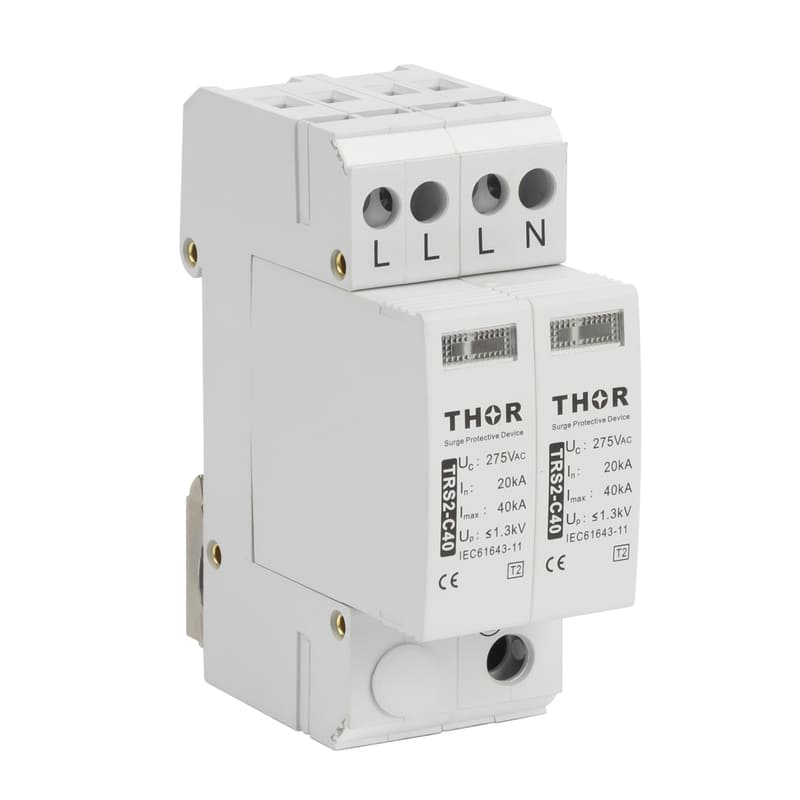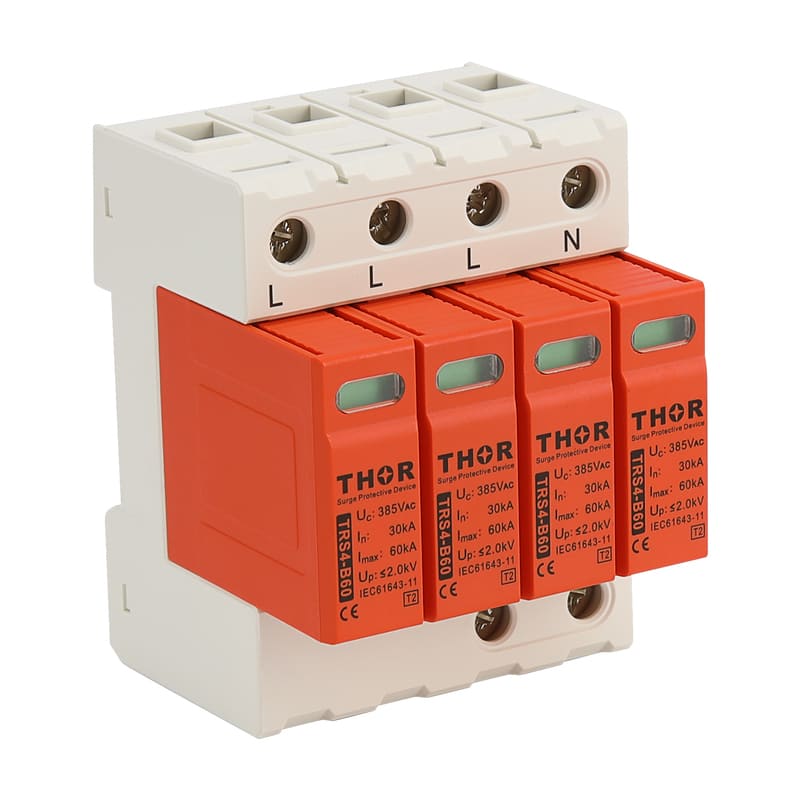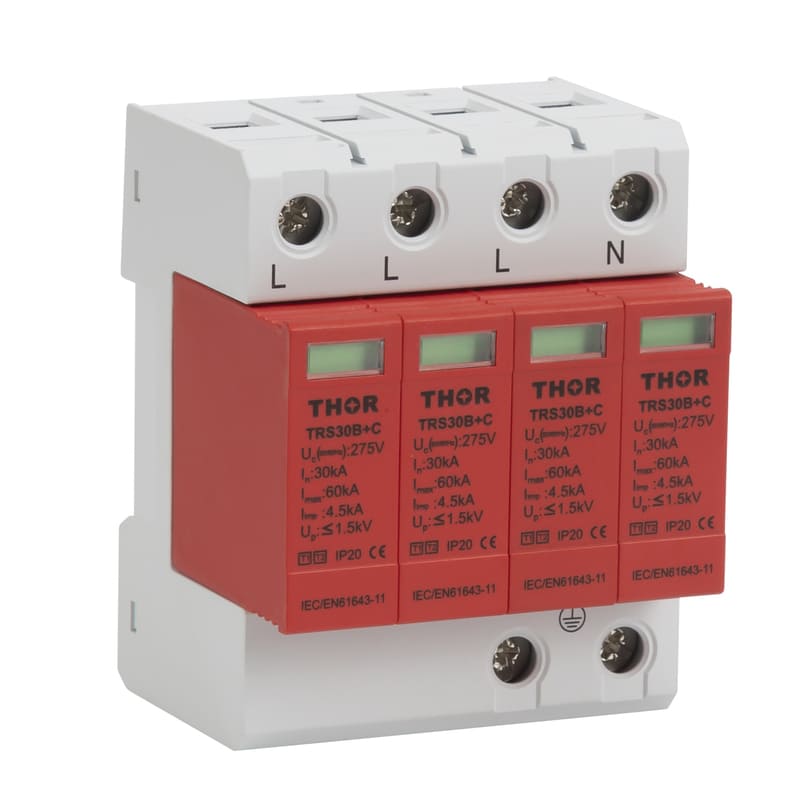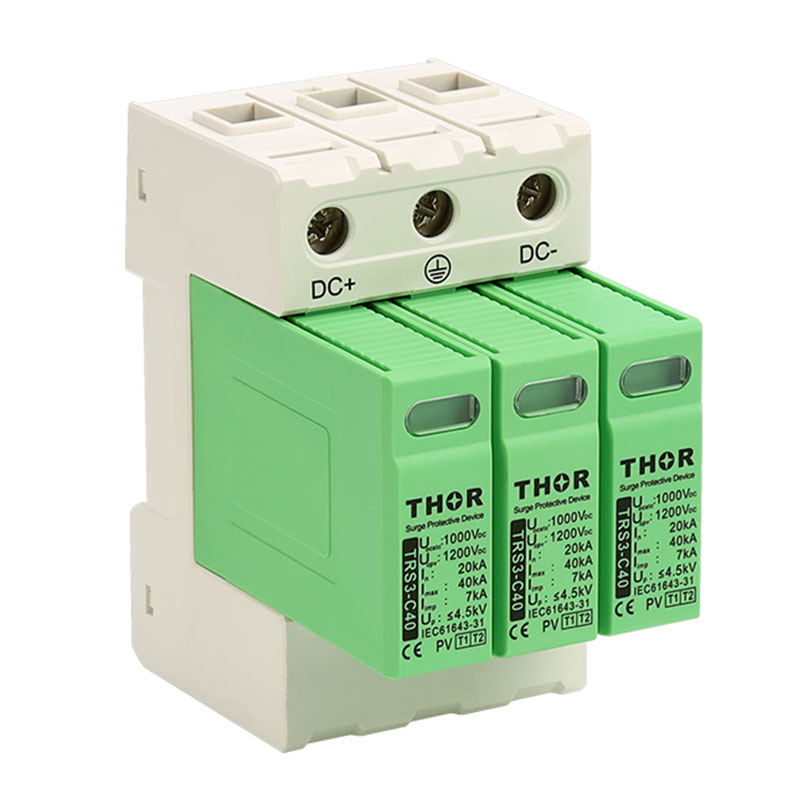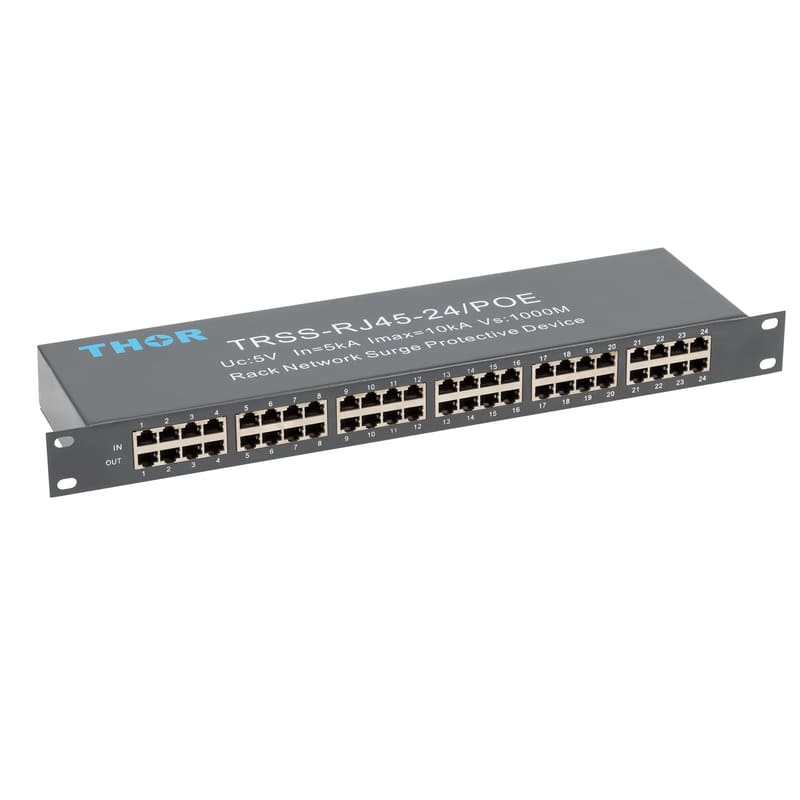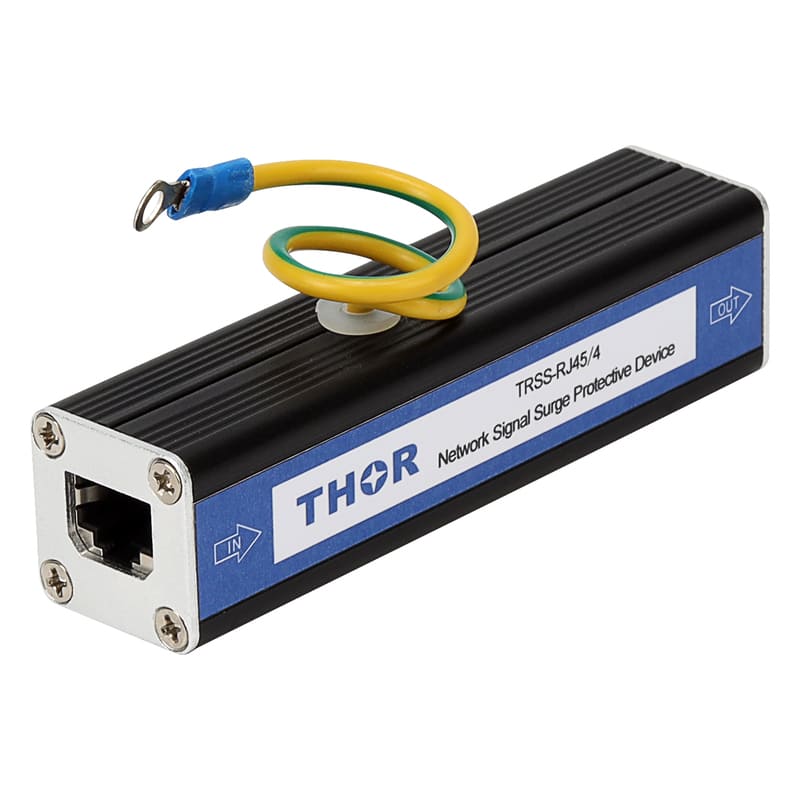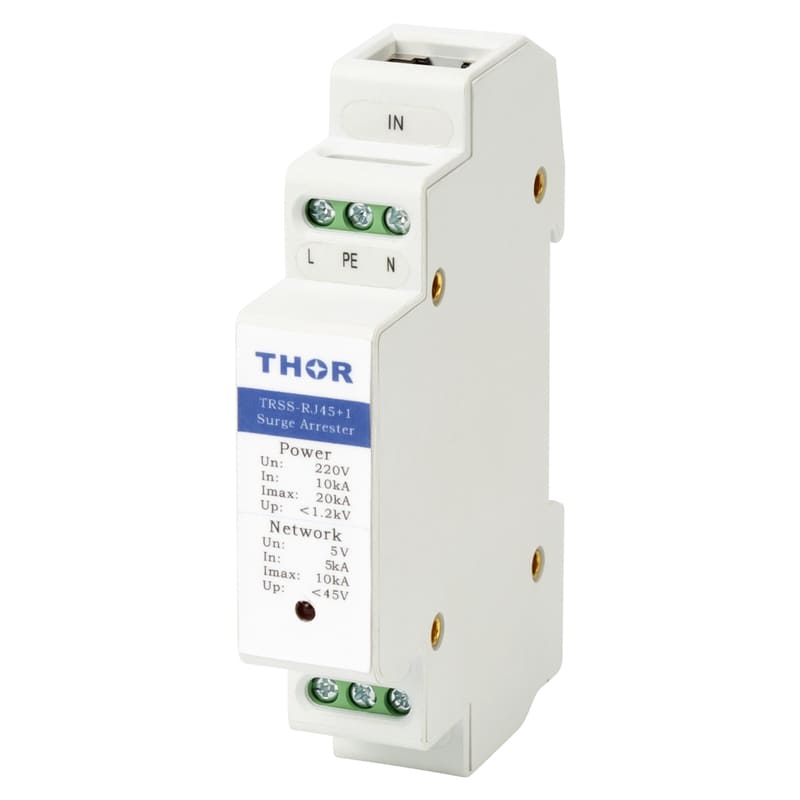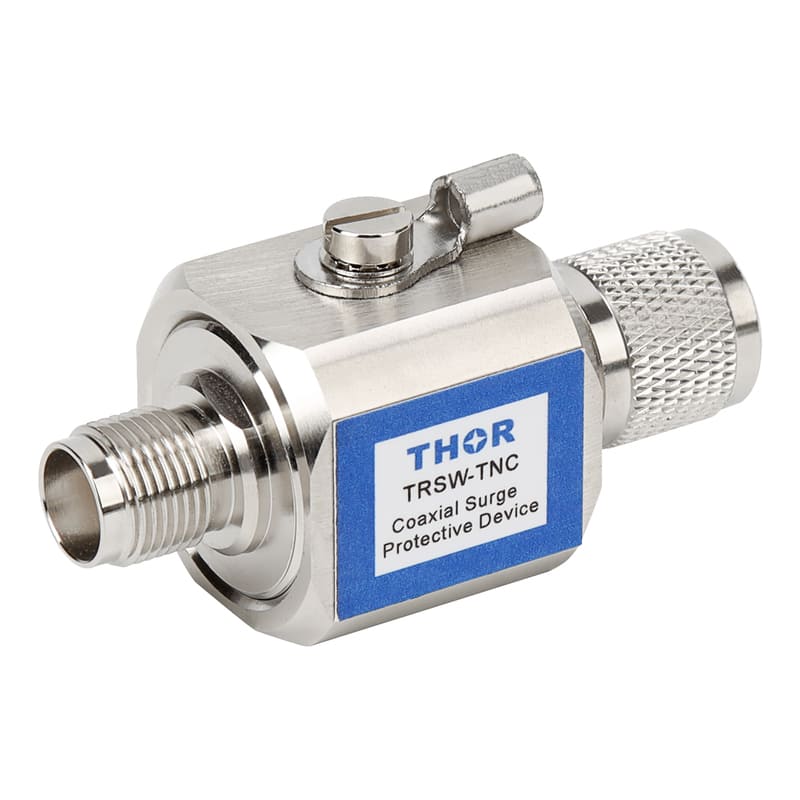Current Situation of Lightning Protection in Rural Areas
Rural areas are weak areas of lightning defense and prone to lightning disasters. From the survey and statistics, the lightning disasters in cities are mostly manifested as damage to buildings and network equipment, while the lightning disasters in rural areas mainly endanger personal casualties. The main problems of lightning protection and disaster reduction in rural areas are: lack of lightning knowledge, low defense capability, and self-protection; lightning protection facilities in buildings in the vast rural and township houses are almost ignored, and most farmers install metal water tanks and solar water heaters on the roof. , TV receiving antennas and other lightning-inducing metal objects; rural electricity, telephone, cable TV lines and other overhead lines, long-distance erection directly into the home.
1. The awareness of defense against lightning is weak. Most farmers use feudal superstition to explain the phenomenon of thunder and lightning, thinking that as long as they do not do bad things, they will not be struck by lightning, and they do not know how to scientifically explain the phenomenon of thunder and lightning, let alone carry out scientific defense. Most farmers believe that "the floors in the house are not high, so there is no need to waste money on installing lightning protection devices".
2. Lack of publicity and education on lightning protection in rural areas. Most farmers do not even know the basic knowledge of lightning protection and avoidance, and they are at a loss when they encounter thunderstorms. Casualties caused by sheltering from rain are common.
3. Lack of lightning protection facilities in rural houses. Due to the weak economic strength of most rural areas, the lightning protection facilities of buildings in the vast rural houses are almost ignored. A considerable number of rural houses still have brick and tile roofs, and cement reinforced roofs have no reinforced column down-conductors. At present, there are basically no lightning protection facilities in farmers' houses. . Not only that, the installation of metal TV receiving antennas, solar water heaters, and metal water storage objects on most houses has also become a terrible "lightning rod". There are also many rural areas in the open fields, rain shelters on the side of the road, and temporary grass houses without lightning protection devices, which are very easy to be struck by lightning. There are few high-rise buildings in rural areas, and farmers who work in the wild often become the commanding heights in open areas. Especially when it rains, farmers often carry umbrellas or shovels, which are more likely to form high points and attract lightning strikes.
4. The lightning protection of rural electric power, telecommunications and other infrastructure construction is not standardized. In rural areas, overhead lines such as electric power, telephone, cable TV lines, and TV receiving antennas are erected over long distances to directly enter the household. No lightning protection measures were taken at all households, and casualties or fires caused by lightning strikes occurred frequently due to random access to power and telecommunication lines indoors and outdoors.

